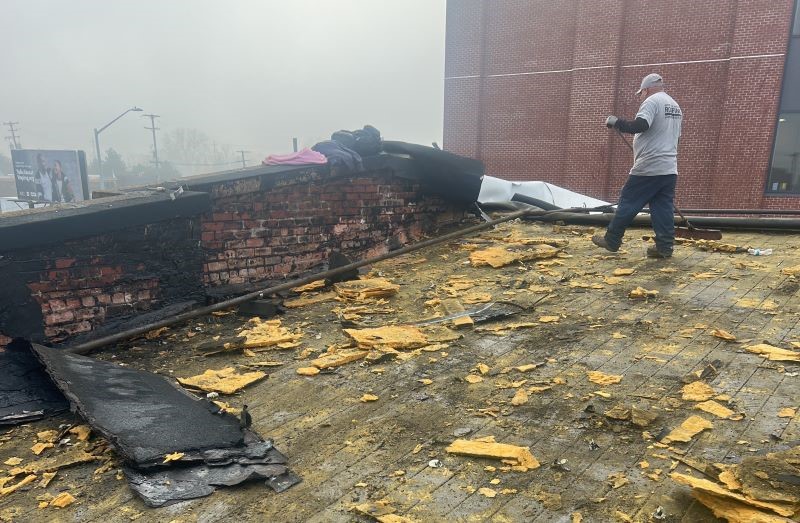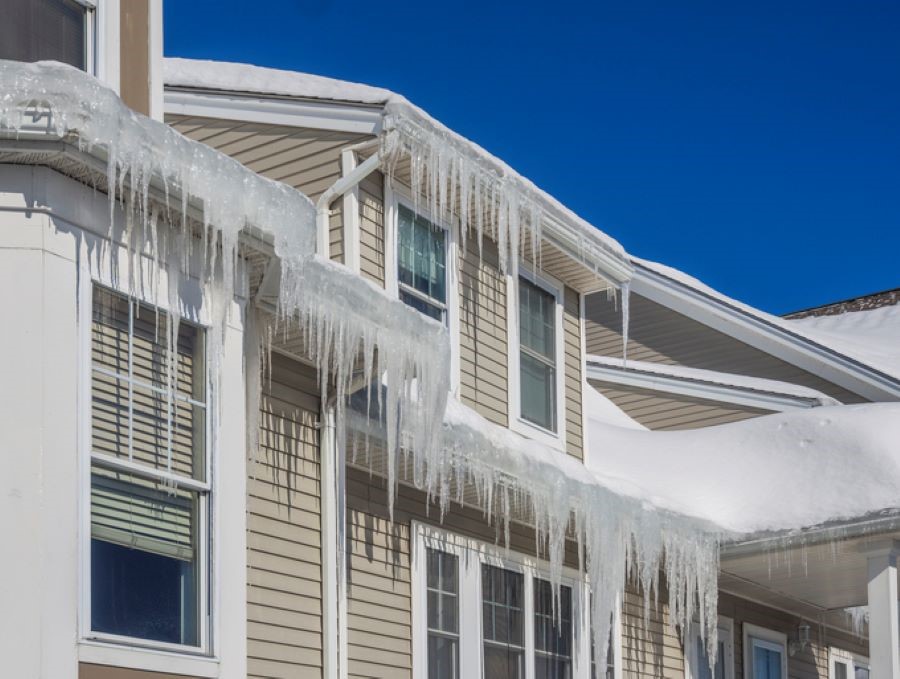 Because every roof (and every situation) is different, the actual cost of putting a new roof on your home is going to vary. While it’s possible for us to estimate a price range for your project without actually seeing it in person, your best option is to have us out for a free detailed estimate, during which we’ll evaluate the many factors that go into the price of replacing your roof. Here are seven of the most important.
Because every roof (and every situation) is different, the actual cost of putting a new roof on your home is going to vary. While it’s possible for us to estimate a price range for your project without actually seeing it in person, your best option is to have us out for a free detailed estimate, during which we’ll evaluate the many factors that go into the price of replacing your roof. Here are seven of the most important. Roof Size
Not surprisingly, the larger the roof, the more it will cost. When we say “larger,” we’re strictly talking about surface area. The more area we need to cover, the more materials we need to use and the more labor it requires.Pitch/Slope
If the pitch and slope is unusually steep, it can add cost to your project for a couple reasons. Most important is safety. When a crew is working all day on steep slopes, we need additional safety equipment to make sure we can do a good job without taking any unnecessary risks. Steep slopes can also require a slightly higher labor cost, as it takes a bit more time to do the job than on a flat surface.Peaks and Valleys
Wherever there is a peak, valley, chimney, skylight—anything that requires two planes to join—there’s going to be a need for more time, attention, and materials. It’s crucial to do an impeccable job when working on peaks and valleys, as those areas are some of the most prone to leaks if not installed properly. Obviously, we don’t want that to happen. Making sure all valleys and adjoining areas are done correctly is well worth the effort and cost, but will add a little to the latter.Roof Accessibility
Another aspect that can add labor costs is a difficult-to-reach roof. This doesn’t apply to most standard homes, but in neighborhoods with tight fits between houses, roofs surrounded by trees, or any other obstacle that makes it harder to actually get on top of the building, it’ll take more time and, potentially, equipment. During installation, our crew needs to be able to not only get onto the roof, but transport materials up and down. When such tasks require extra time or equipment, it can add cost to your project.Materials Used
This is one area you’ll potentially have a bit of control over when working on your project, as there are several different types of materials to choose from. Metal roofs, for example, generally cost more per square foot, although those prices can vary widely as well. Asphalt shingles are the most popular (and generally most affordable), and are available in multiple colors and styles. If you’re looking for something more unique, such as tiles, wood, or slate, you’re going to be paying a little more, both for the material and for the time required to install.Removal of Existing Roof
If you are changing shingle types, already have more than one layer of shingles, or only have one layer but it’s in bad shape, a complete tear off will be necessary. Some contractors' estimates may not include a tear off, but keep in mind that any unseen damage under your older roof could ruin even the best of new roofs. For this reason, the validity of warranties will often depend upon removal of the old shingles (as it does with us at West Michigan Roofing). Removing your existing shingles adds time and labor costs to the project, and the size and complexity of the job will factor into that, as well.Roofing System Components
Are you installing other parts of a roofing system at the same time? If so, materials and labor costs will go up. Primarily, these components can include ventilation, underlayment, and decking, which are all crucial parts of a roofing system and quality investments. For instance, if you had problems with ice dams during the winter, it’s a good idea to have proper ventilation installed, which will help prevent ice dams next winter. A benefit to consider: Although these additional features will add cost to your overall installation, they will generally cost less than if you have them done separately.In short, the more complicated your project, the more time and materials are required. Because every roof—even those that may appear architecturally the same—is different, it’s important to get a full on-site estimate from an experienced roofer. He or she can outline, in detail, what you definitely need to do and some things you may want to do. From there, you can make an informed decision as to your new roofing project.
Check out these related articles:
How to Get Your Homeowners Insurance to Pay for Roof Replacement
Subscribe to West Michigan Roofing's Blog





Comments